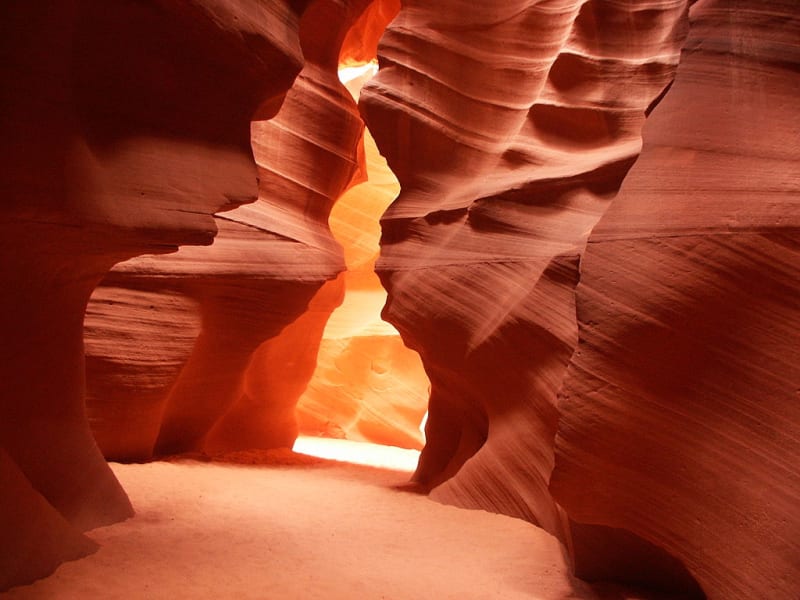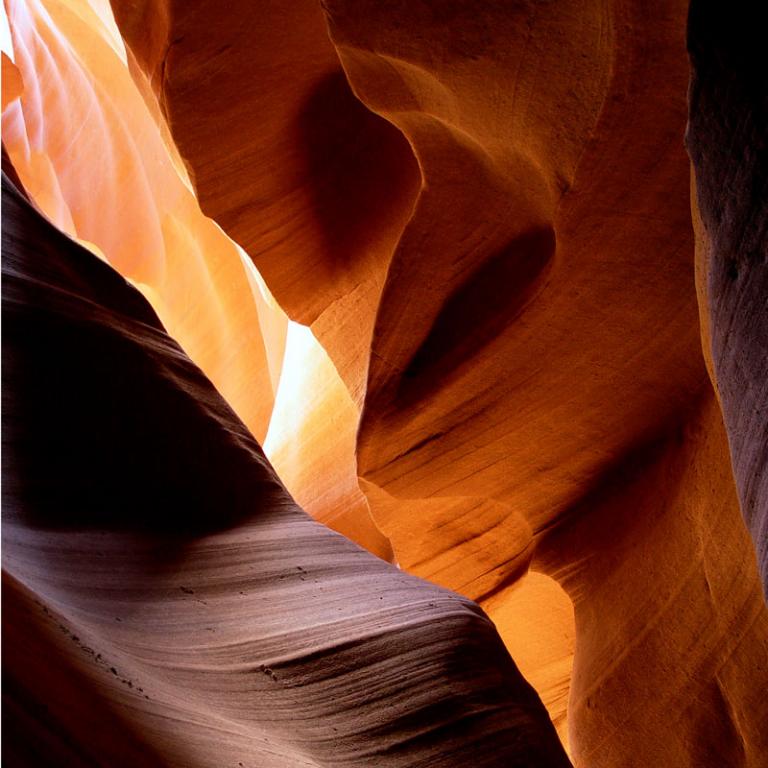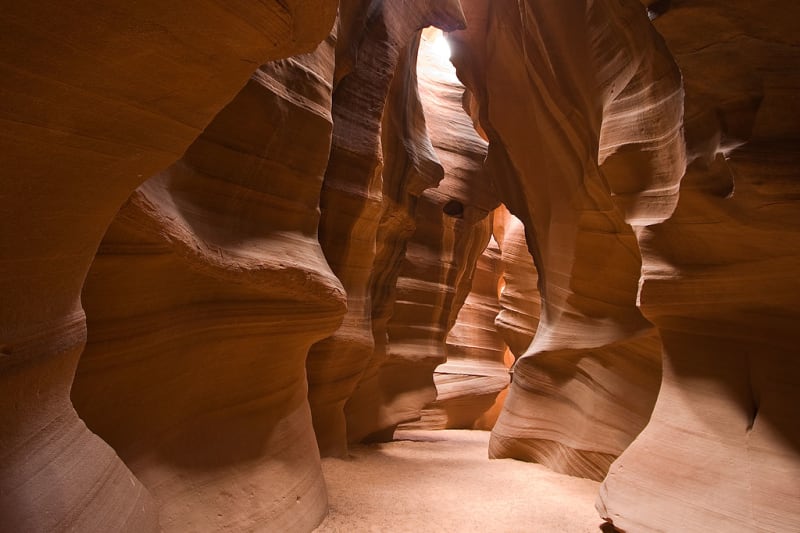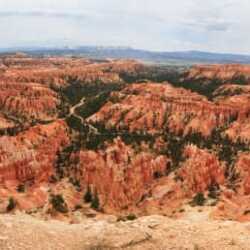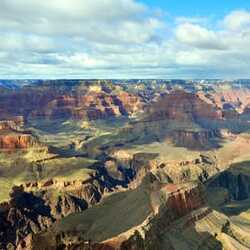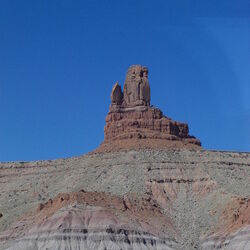Antelope Canyon
Antelope Canyon is a canyon located in the southwestern United States, in northern Arizona, near the city of Page, near the border with Utah, 240 km from the Great Colorado Canyon. The canyon got its name due to the reddish-red walls resembling the skin of an antelope. Antelope Canyon is not a national park and is probably therefore not as widely known as the Grand Canyon or Bryce Canyon. It lies on the lands of the Navajo tribe and belongs to the Indians of this tribe. To get there, you need to pay a toll for passage through Indian territory and hire a guide. There are two Antelope canyons - the upper and the lower. They are famous among photographers all over the world because of the bizarre shape of the rocks, illuminated by a delightful magical light. Due to the shades of red, yellow and red, the canyon got its name, resembling the color of an antelope skin.

Antelope Canyon belongs to the so-called slit canyons. It is formed by the erosion of the Navajo sandstone. Geologists call the causes of erosion, firstly, flash floods, and secondly, subaerial processes. Rainwater, especially during the monsoon season, enters the vast basin located above the sections of the slit canyon and, gaining speed and mixing with sand, penetrates into the narrow passages of the canyon. For a long time, the passages in the rock collapsed, becoming deeper and smoothed out, acquiring characteristic "smooth" shapes. Floods in the canyon are becoming more frequent today. Visits to Antelope Canyon are only possible as guided tours, partly because the canyon can be flooded quickly during the rainy season. There should be no rain in the vicinity during the visit - water from a distance of several miles "upstream" can reach the canyon quickly and almost without signs of approach. During a thunderstorm or even with minor signs of its occurrence, it is strictly forbidden to descend into the canyon - the probability of a flash flood is too high. On August 12, 1997, 12 tourists were washed away in the Lower Canyon, 11 of whom died.
The best time to visit is in spring and autumn: March - April and October - November. At this time, the sun's rays penetrate to the very bottom and the canyons look as if a bright light is burning inside a dark palace. In winter, the lighting in the canyons is quite weak - it is quite gloomy inside, with deep shadows and flat reliefs. For winter photography, it is advisable to install additional lighting.

The Upper Antelope Canyon, named by the Navajo tribe "Tse bighanilini", "The place where water runs through the rocks", is most often visited by tourists because of its two features. The first is that the entrance and the entire length of this part of the canyon are at ground level and do not require climbing. The second one, the rays, is much easier to see here in the Upper Canyon than in the Lower One. Rays are more often observed in summer, because this requires the Sun to be as high in the sky as possible. In winter, the colors are a little more muted. During the summer months, there are two types of lighting available for taking photos. The rays of light begin to penetrate the canyon on March 15 and disappear by October 7. The period of maximum illumination lasts from May to September.
The Lower Antelope Canyon, named by the Navajo tribe as "Hasdetsvazi", or "Spiral Arches of the Rock", is located several kilometers beyond the Upper Antelope Canyon. Before installing metal ladders, visiting the canyon, one had to climb and descend ropes and very dangerous rope ladders in certain areas. Even after installing ladders, the tour in the Lower Antelope Canyon remained much more difficult than the tour in the Upper Antelope Canyon - the route is longer, in some places narrower, and in some places you can't even stand on your feet. At the end of the route, you need to climb several long flights of stairs.

